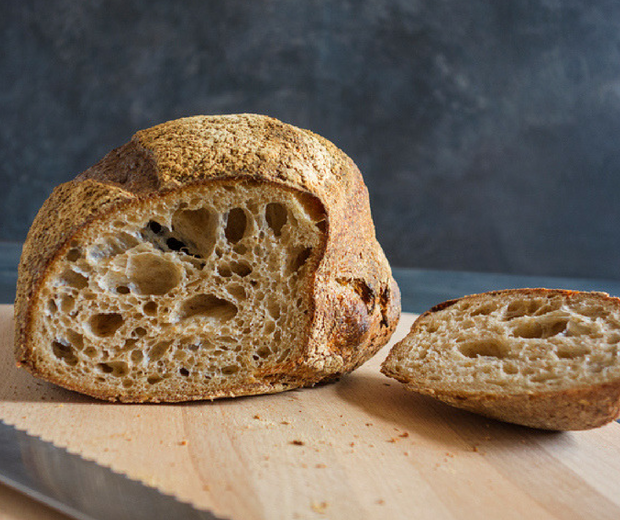Image: iStock
ALSO READ:
Welcome to beer school: Time to learn about the magic of yeast
Bread seems so common that many of us barely even notice it. It is just there. It’s in our homes, holding together our hamburgers and giving us something toasty to hold up our butter and jam. It’s in our lunch boxes, and sometimes even in our choc-chip cookies. But if we take a step back, what makes bread so bready? Where do those pockets of air come from?
What is yeast anyway?
Yeast are microscopic, teeny tiny single cell organisms that live all around us every day. They are in the air we breathe, and can help us make delicious baked goods springy and fluffy. Yeast live, grow and multiply in process known as fermentation, and it is fermentation that we have to thank for an almost numberless list of products.
Yeast cells need a few things to grow and thrive: a warm environment (very similar to a temperature that we may find pleasant), moisture and an energy source (usually glucose and other sugars). The yeast cells consume the sugars, and as by products create carbon dioxide and alcohol.
What makes bread fluffy?
Bread is a very simple recipe – you need flour, water, yeast and a little salt. After all the ingredients are combined, you need some heat to kickstart the chemical reactions. So why is bread fluffy and chewy? There are two processes at work here: one is the formation of gluten and the other is the release of carbon dioxide by our little friends, yeast.
The water and the action of kneading and mixing forms gluten bonds to form. Gluten is the substance that makes dough sticky and that will form a stretchy network inside of the bread dough, to make it springy and soft.
The yeast eats away happily at the sugars in the flour, and very soon the yeast is growing and multiplying and releasing more and more carbon dioxide. You can see this very clearly in a bread dough that has been left to rise – it puffs up and bubbles and grows as the carbon dioxide increases.
When the two processes come together, we have what makes bread so bready! The gluten mesh holds the carbon dioxide in place, creating little pockets of air all throughout the dough. As it cooks, the yeast will eventually die (due to the high heat) and the dough will harden to form a drier bread interior. Your bread is now done cooking!
How do I cook with yeast?
Yeast makes dough rise, and is most commonly found in your supermarket as a small sachet of granules. It often labeled “Brewers Yeast”or “Baker’s’ Yeast”. These are dormant yeast cells, which can be stored for months at a time, are waiting for the right environment to grow and reproduce – water, food and a warm environment.
ALSO READ: Your first bread loaf
Sourdough breads are breads that are made without commercial yeast. As yeast is all around us in the air and on our skin, if you create a warm environment for them you can very easily grow your own yeast. This is known as a ‘starter’. This is the original way that humans have been making bread for thousands of years. Starters are alive, in a similar way that yoghurt is alive, and must be fed with sugars and water on a regular basis. Each starter is also unique, and will develop its own particular flavour profile that bakeries will guard very closely.
ALSO READ:
Secrets to sourdough: Find out what makes this variety of bread so magical
Why is yeast important?
Not only does yeast make all breads possible – baguettes, white sandwich loaf, croissants, hot cross buns, bagels – but fermentation by yeast is the only way that alcohol can be manufactured. Yeasts are used in the making of wine and beer, where the yeast acts on the sugars of the malt or the grape juice, and produces alcohol. The carbon dioxide can either be released, or captured, and it is yeast that gives champagne its fizz and beer it glossy white foam!
Here’s a quick look at all the things that yeast has given us:
ALSO READ:
6 Easy-to-bake bread recipes that will make your kitchen smell like a bakery

